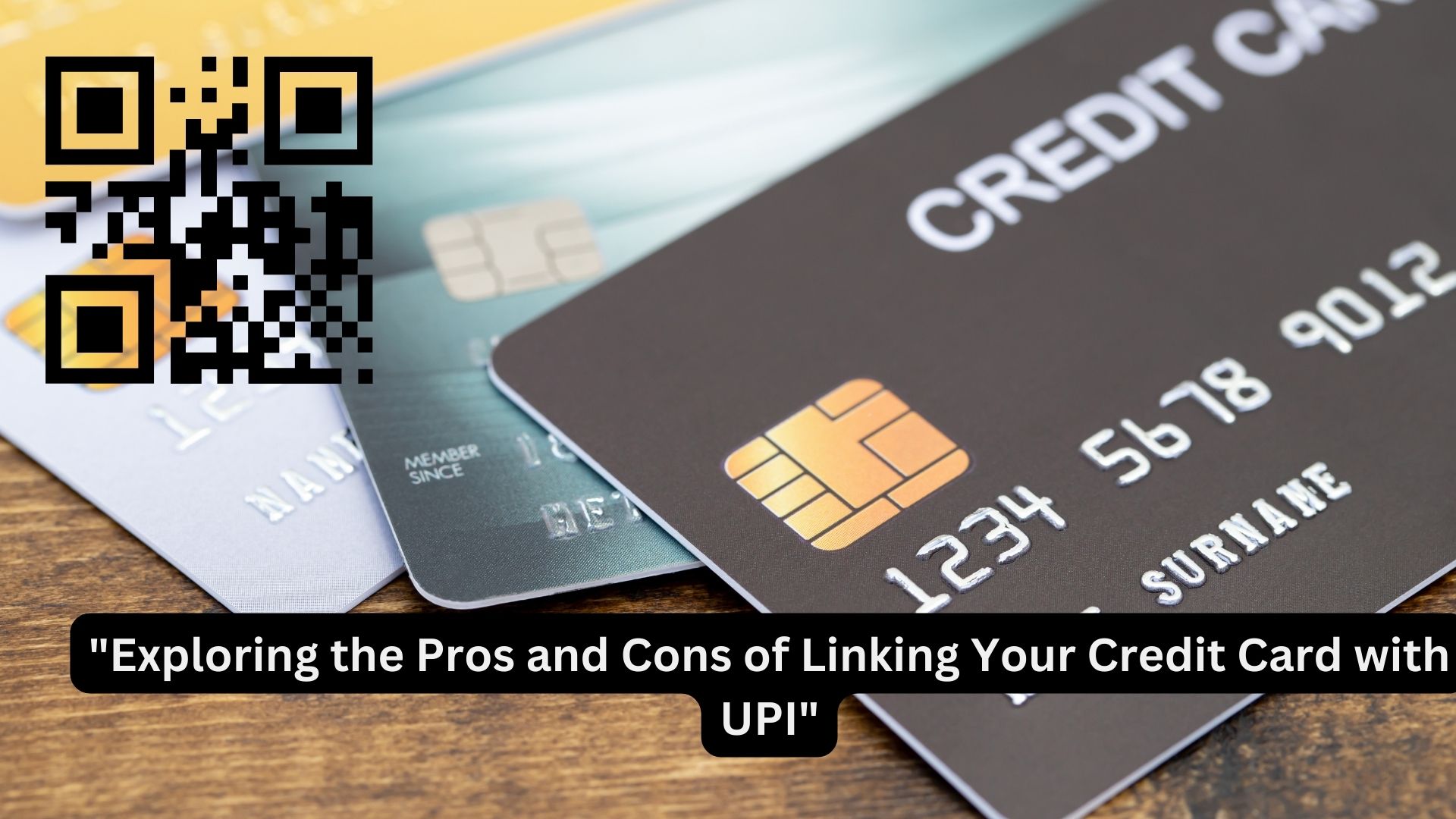
The Unified Payments Interface (UPI) has revolutionized the way people manage digital payments and fund transfers, significantly enhancing convenience and accessibility. Traditionally, individuals could only link their UPI to a debit card or a savings bank account. However, a recent move by the Reserve Bank of India (RBI) has now allowed for the integration of credit cards with UPI, offering both advantages and drawbacks.
One of the most notable benefits of connecting a credit card to UPI is the unparalleled convenience it brings to users. UPI enables round-the-clock transactions from any location, eliminating the need to physically visit banks or endure long queues. Its versatility extends to various transaction types, including peer-to-peer collection requests, payments to merchants, and utility bill settlements, all of which can be seamlessly executed through a linked credit card.
Linking credit cards to UPI undoubtedly enhances the ease of online payments. Previously, UPI transactions were confined to funds available through savings accounts via net banking or debit cards. With this new integration, users gain the flexibility to engage in UPI transactions up to the credit limit available on their associated credit cards. Given the widespread popularity of UPI, this integration has the potential to increase credit card usage, prompting credit card companies to introduce more appealing reward programs and offers.
Moreover, conducting transactions with a credit card linked to UPI is considerably faster than traditional methods, where reliance on the card number and CVV is necessary.
Nonetheless, there are substantial downsides to connecting your credit card with UPI. The primary drawback is the increased risk of overspending. The ease of making payments can lead to impulsive purchases and unnecessary expenditures, potentially resulting in a surge in credit card debt.
Previously, UPI transactions were limited to the funds available in one’s linked savings account. However, the integration of credit cards may encourage impulsive spending, particularly considering the generally high credit limits associated with credit cards. Therefore, it’s crucial for users to establish a budget and adhere to it when using UPI for routine monthly transactions. In the case of multiple credit cards, allocating one for managing smaller expenses such as groceries or utility bills can help control spending. For significant expenses, a robust repayment plan is essential to prevent the accumulation of debt. Regularly monitoring outstanding balances and reconciling expenses is equally important.
Additionally, connectivity issues can lead to transaction failures. In areas with poor internet connectivity, UPI usage may prove challenging, potentially affecting the ability to make timely credit card payments.
Failed UPI Transaction: 7 Essential Steps for Digital Payments
In summary, while linking your credit card with UPI streamlines transactions and offers numerous benefits, it also comes with potential risks. It is essential to remain vigilant and approach digital payments with caution to maximize the benefits while minimizing the drawbacks.

One thought on “Exploring the Pros and Cons of Linking Your Credit Card with UPI”